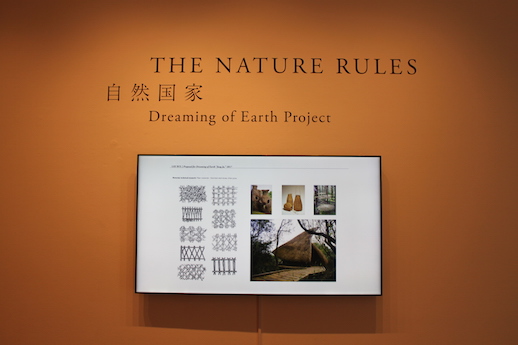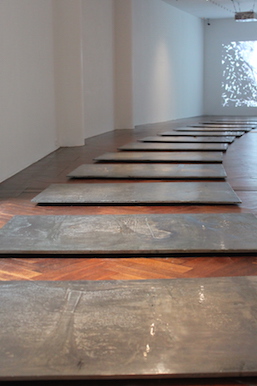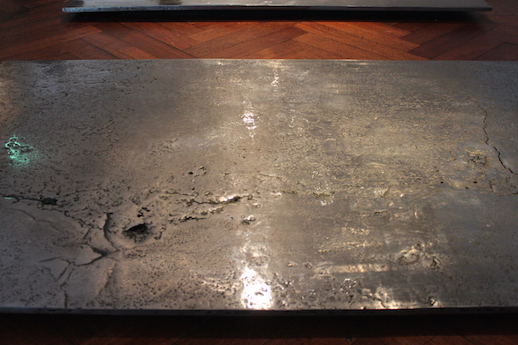The Nature Rules: Dreaming of Earth Project

The Nature Rules: Dreaming of Earth Project at Hara Museum of Contemporary Art (Tokyo) is one that not only brings together the minds of artists, but also the minds of architects, philosophers and even scientists. About twenty collaborators join in an effort to raise awareness about the political and environmental issues that surround the Demilitarized Zone (DMZ) on the Korean Peninsula through this exhibition.

Jae-Eun Choi, who was born in 1953 – the same year the DMZ was established – launched and directed the exhibition from its conception stages in 2014 to its final completion this year. She reiterated at the opening press conference that the message being communicated in this project is not purely artistic, but rather philosophical in the sense that protecting the nature that has positively evolved as a result of the DMZ’s ecosystem ought to be a global issue we should all reflect and take action on.
The exhibition spans the two stories of the museum. An especially moving work by Jae-Eun Choi is an installation and video in Gallery II called hatred melts like snow (2019). Visitors can walk over 12 steel slabs on the floor, wondering what they are or what they mean.
Below is an excerpt of Jae-Eun Choi’s message about the work:
For almost seven decades, multiple layers of barbed wire fences have demarcated the 248km of DMZ that separates the Korean Peninsula in two. The fences signify the hatred between the two parties that were once one
nation but now stand at one another’s gunpoint. With scalding heat, I melted down the fences retrieved from the borderline and used the metal to make stepping stone(s) that people can walk on. Fences can transform into any other thing. A heart, confession, pedestal, shelter, etc…
In the face of love, hatred melts like snow.
On the wall of the gallery is a video showing the process of the fences being melted.

The biological and scientific point of view of how peace will affect nature is further demonstrated on the second floor. Installations such as To Call by Name display the scientific names of each of the 101 endangered species. Included with these installations are official documents that are signed by specialists in favor of promoting peace for humanity as well as animals at the DMZ. Visitors can also view historical news documents at the time of the armistice agreement.
The Hara Museum of Contemporary Art is in Shinagawa. The museum site feels somewhat like a retreat as it is not in the city-center but in a quiet location. The museum was originally constructed as a private residence in 1938 and is one of the rare examples of early-Showa period architecture.
Emily Saya Niemann
Emily Saya Niemann



